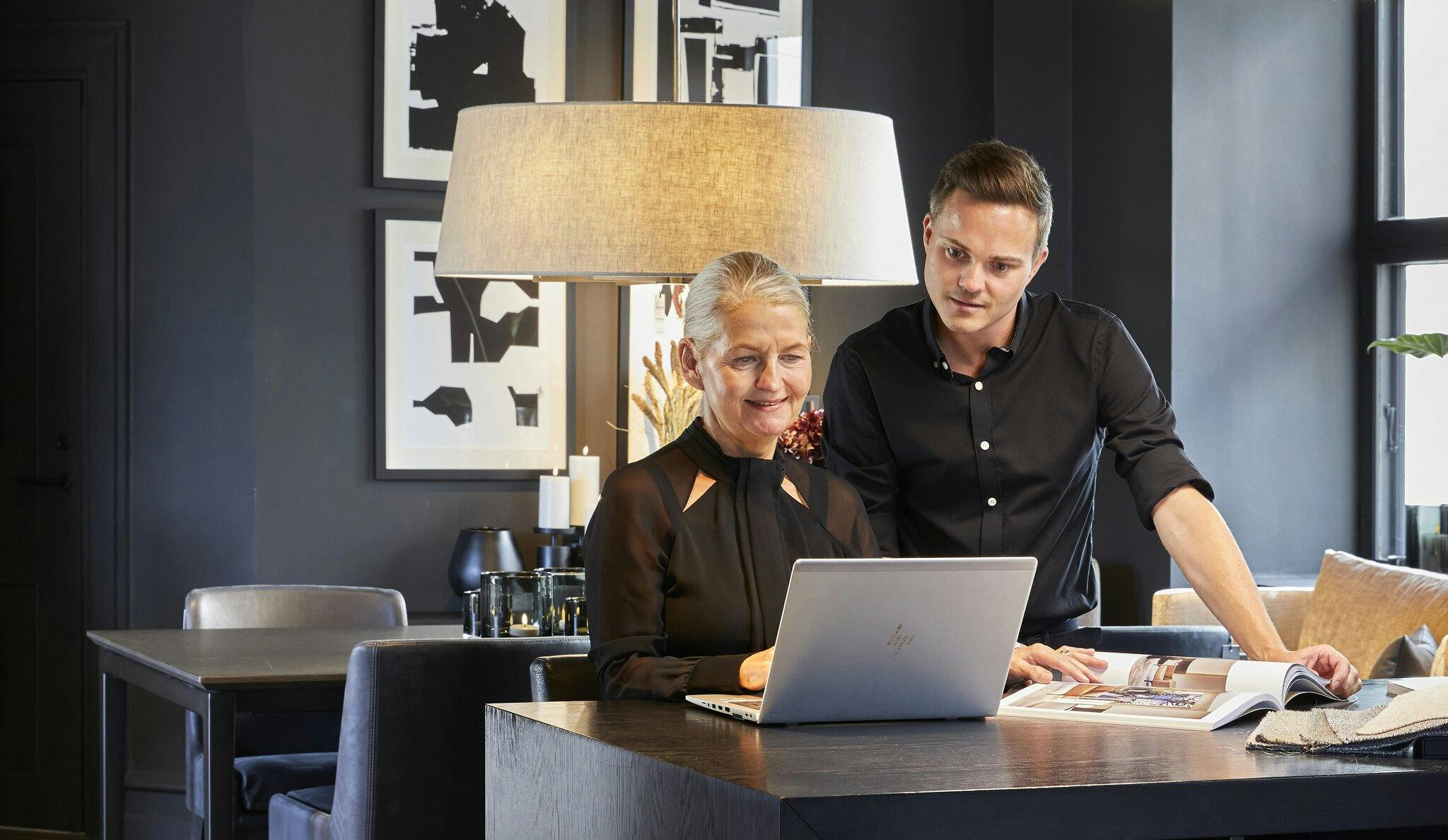How to light your home
A beautiful lamp can be like a piece of jewellery in your home. Just like a piece of furniture, the lighting in a room should serve a purpose. Slettvoll Ålesund interior designer Linda Heitmann has a wealth of experience designing lighting for her customers and knows how light can bring out the best in a home.
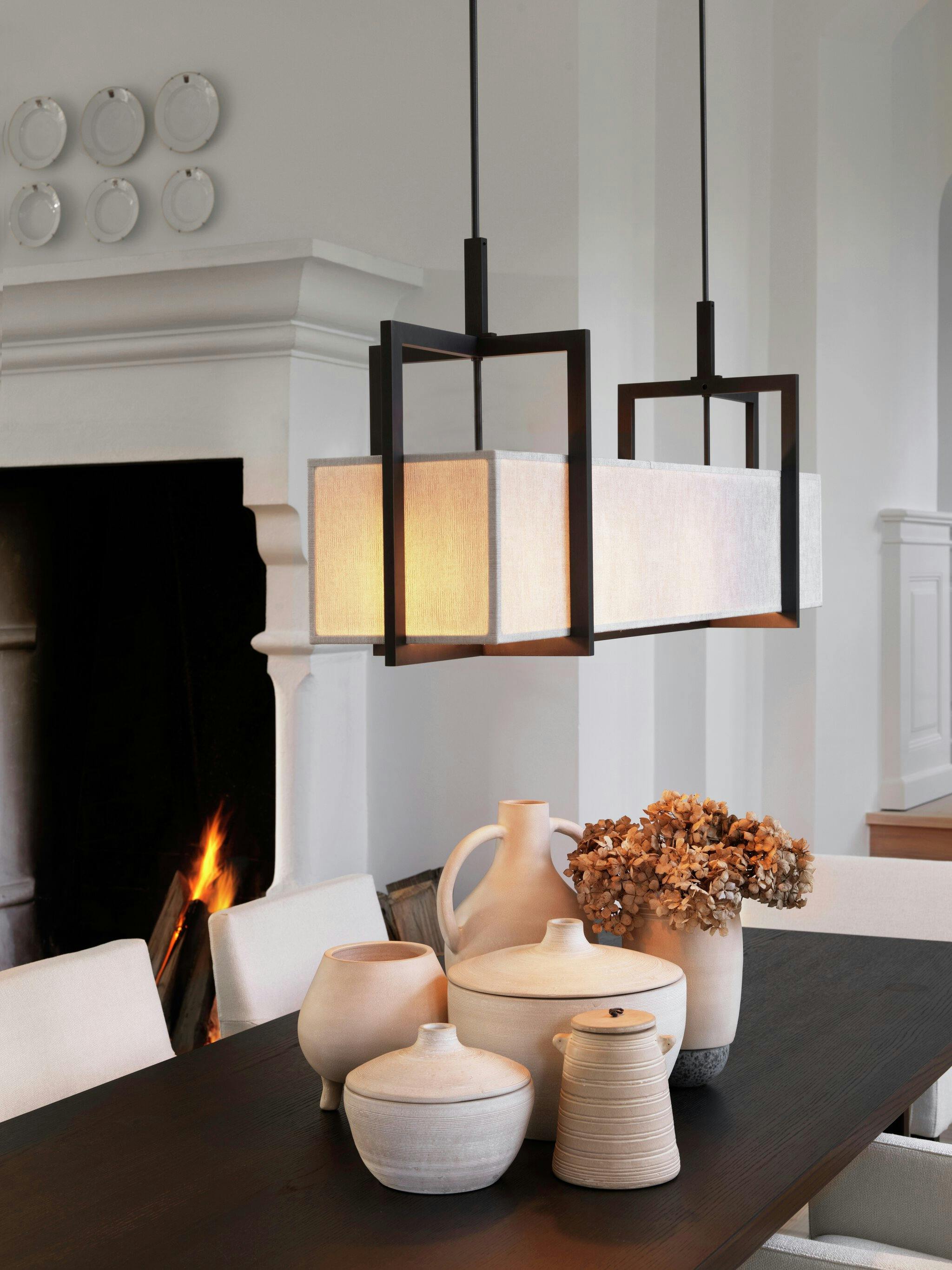
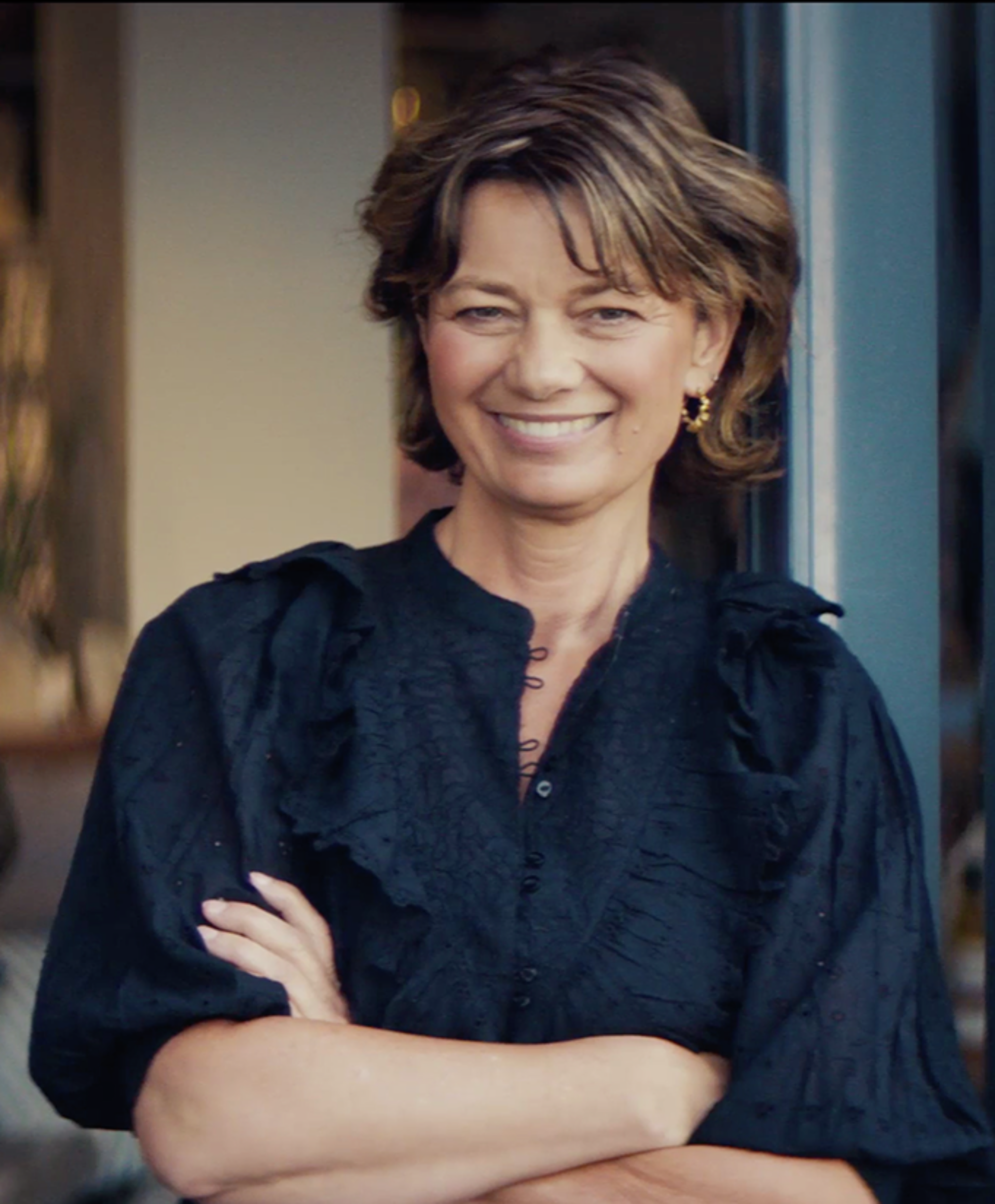
“As humans, we have a very basic need for light. Not only because we need light to see but also because our brains need light to function optimally”, she explains. In addition to the body’s need for light, she also emphasises that each room in the home has different needs that should be met by lighting.
Explore Slettvoll’s lighting collection here.
The right light sources in the right places can create and change the mood of a room. But how do you go about choosing the right light for each room?
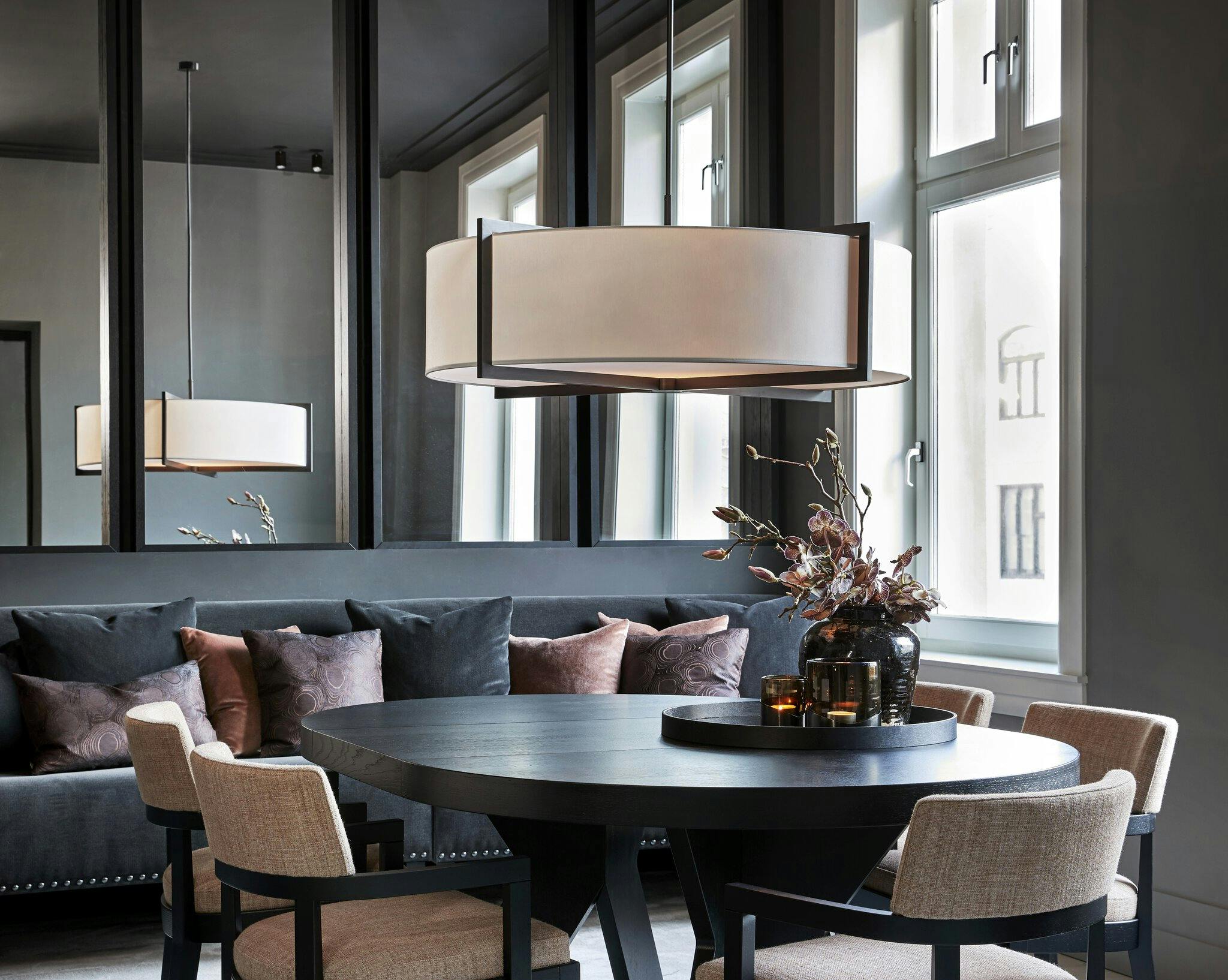
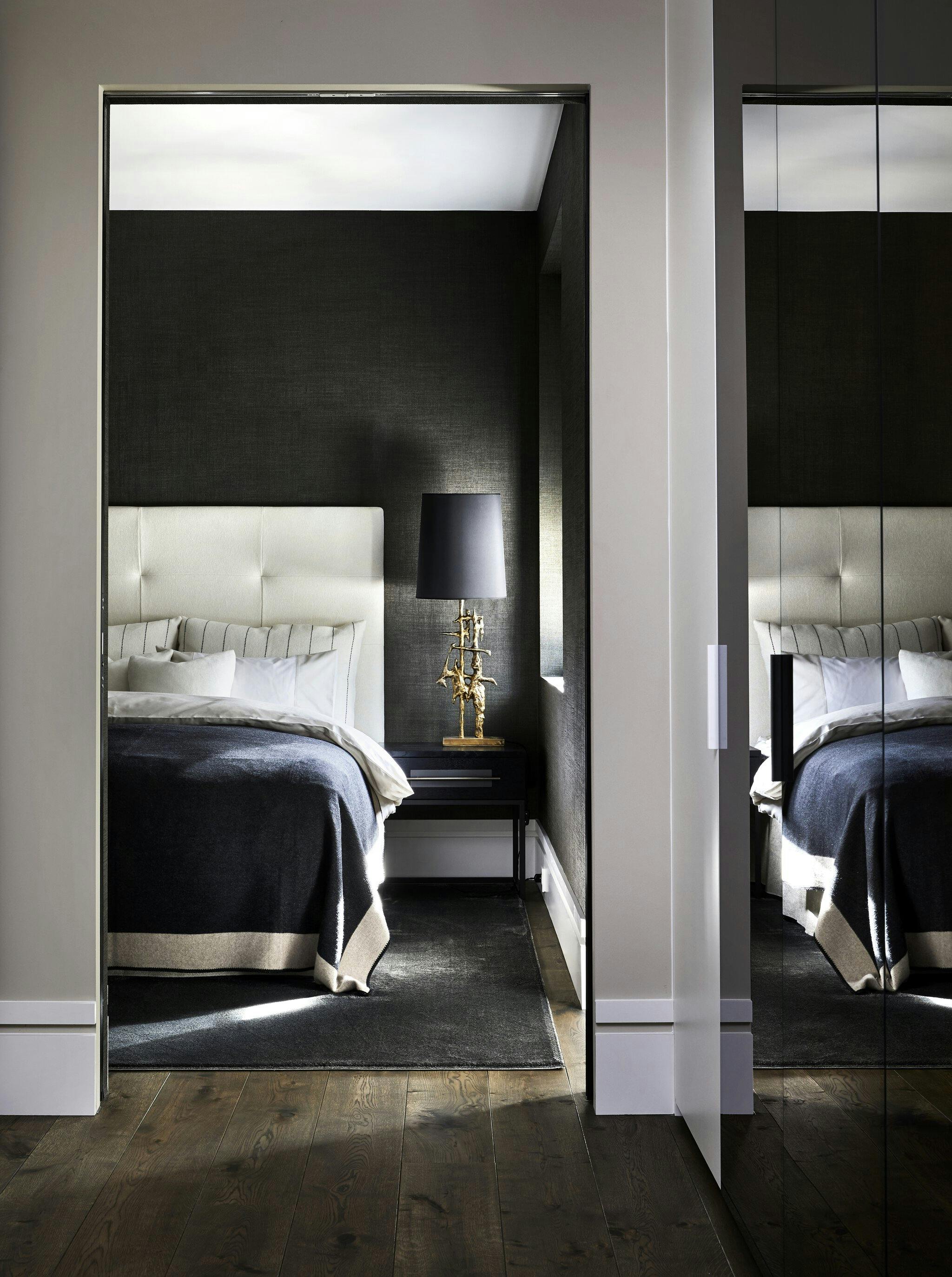
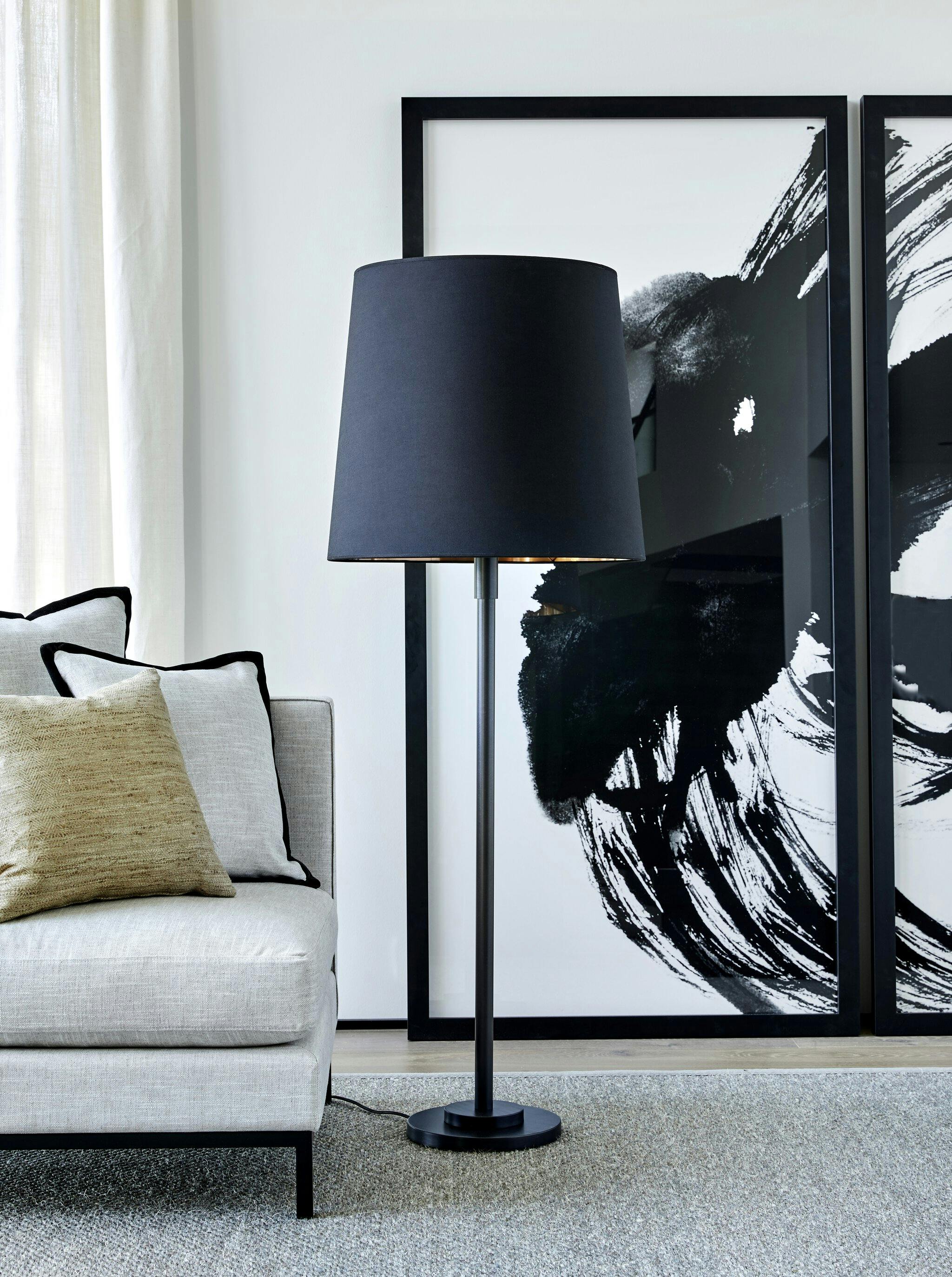
Three types of lighting
“The most important thing to consider is choosing the light source to suit your needs and the function”, Heitmann says. “Then the aesthetics, the design and shape of the light, and last but not least, the effect of the light.”
Linda divides lighting into three types: basic, functional and decorative. Together they provide sufficient, good light for the home.
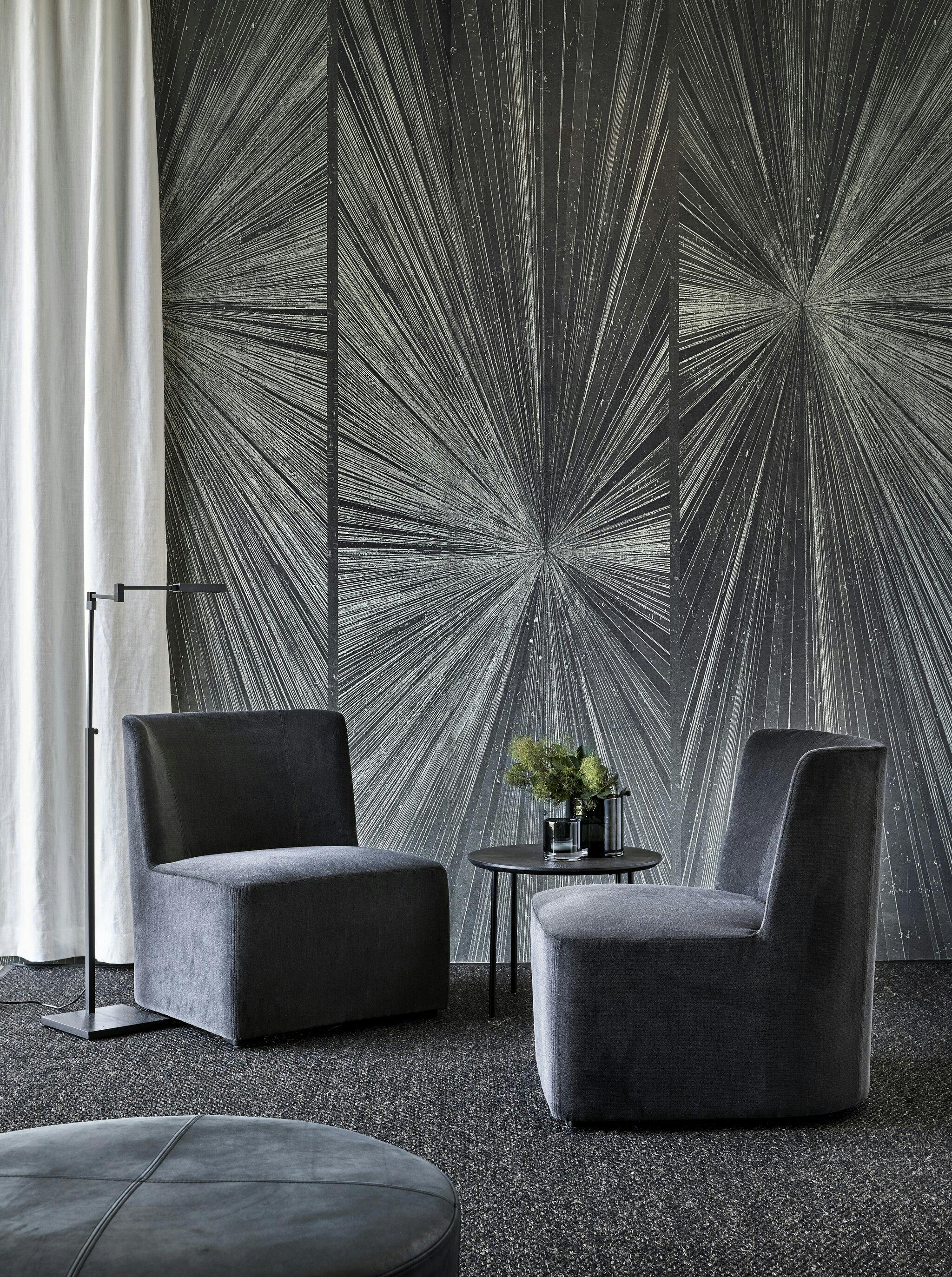
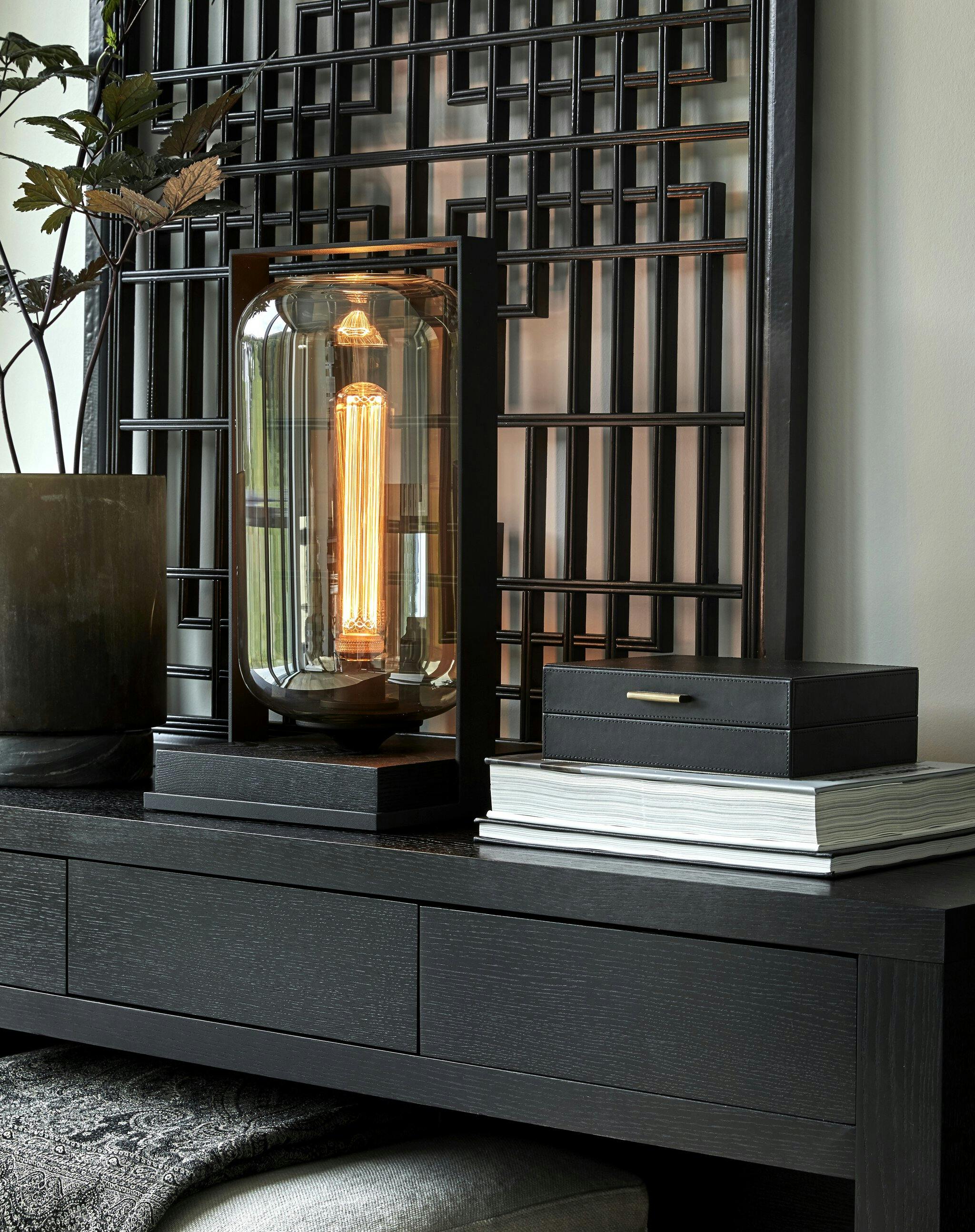
“Basic lighting provides general light for the whole room. It can be technical lighting such as recessed spotlights and light rails. The goal of this type of light is to help us see”, she says.
“In addition to basic lighting, a home should have functional lighting.” For example, we need reading lights by the armchair and by the bed, we need the right light by the bathroom mirror and we should have good working light for kitchen worktops. Each of these lights meets a real need and has its own specific, necessary function.
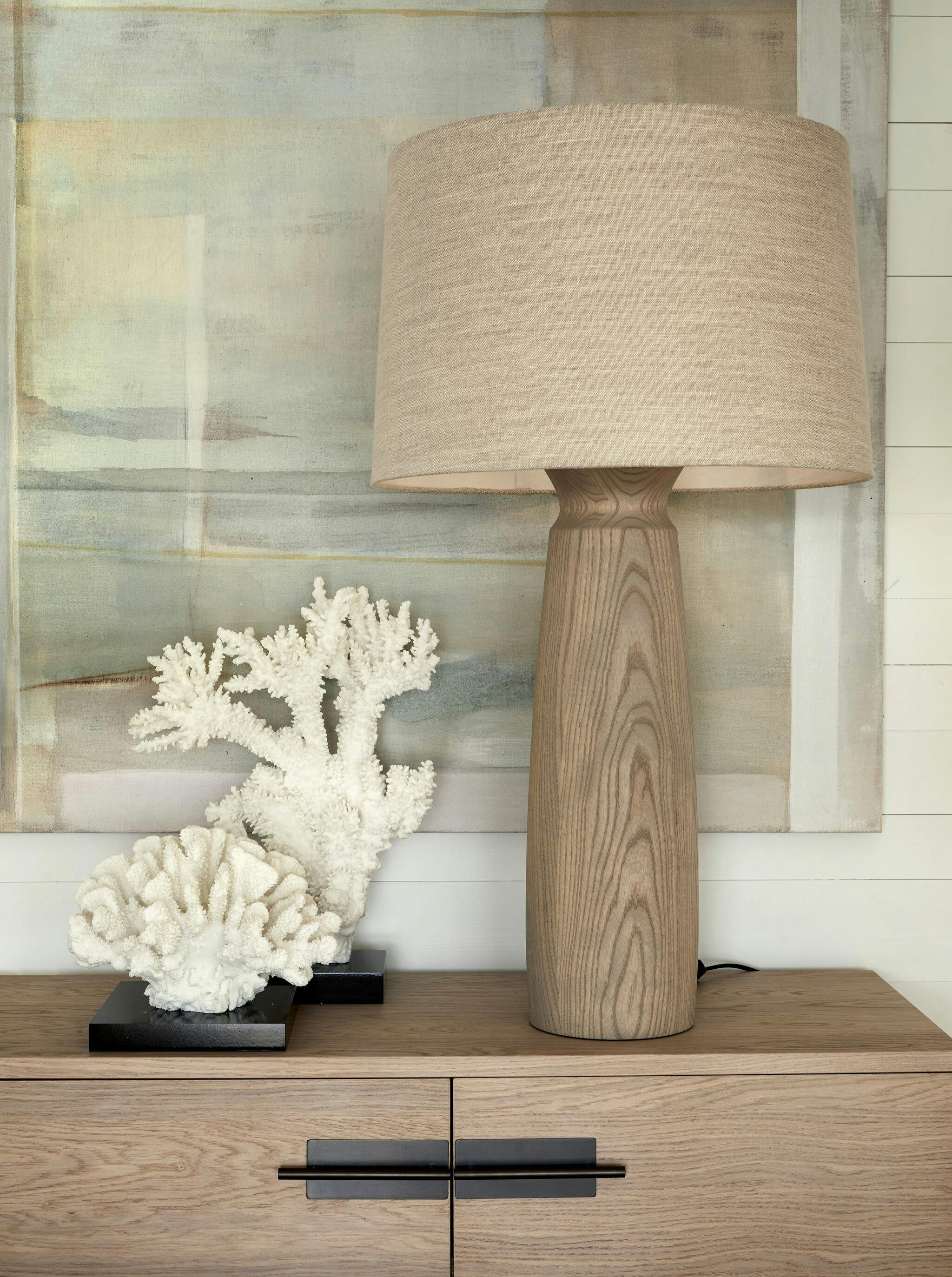
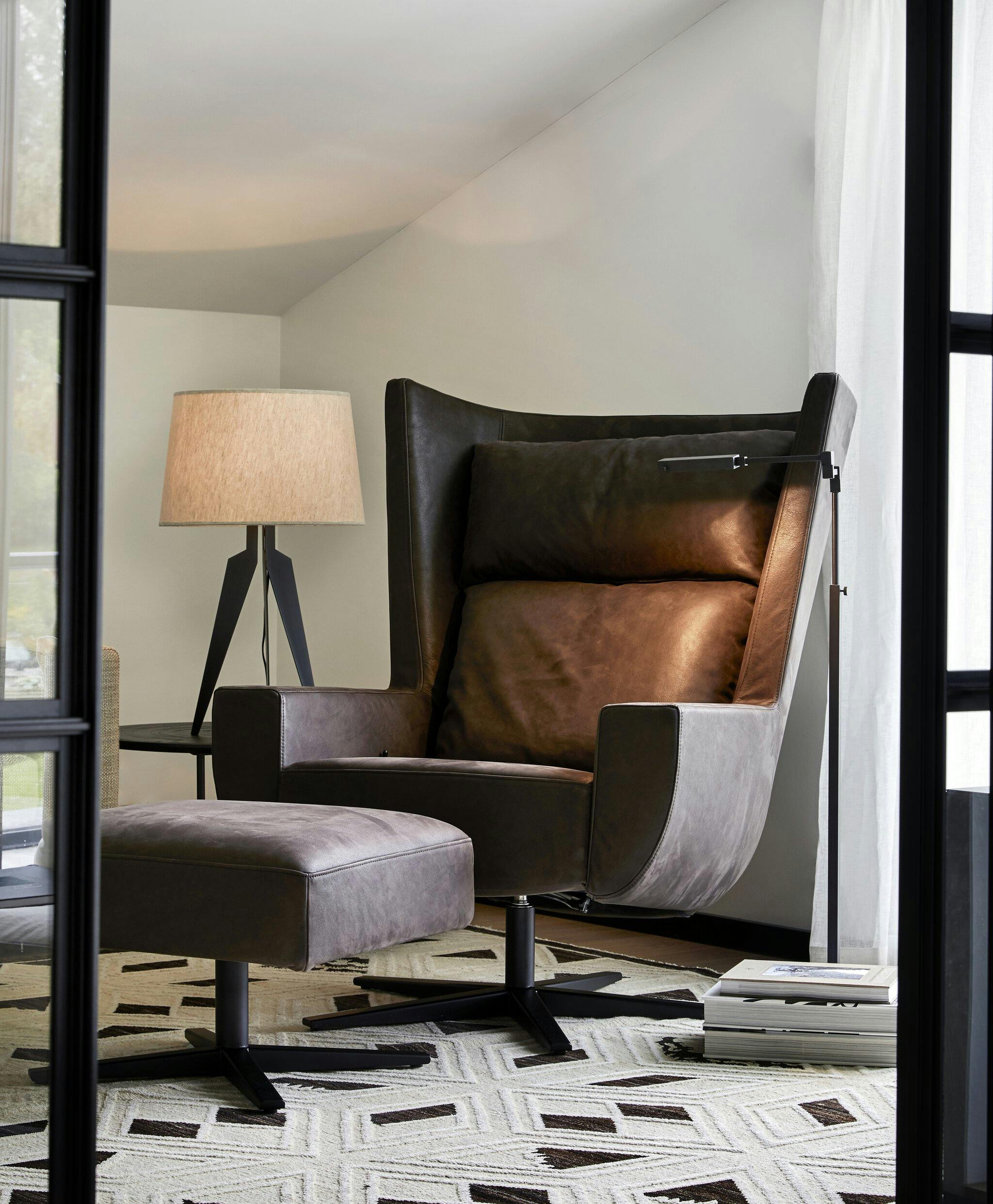
“Finally, there’s the decorative lighting, which can add the finishing touch to a room. A pendant light above a seating or dining area can create a clearer zone and ‘bring the» furniture together’.” A lamp on a sideboard or console table can add cosiness and ambience to the room and provide a warm and pleasant light. Decorative lighting does not need to have a function other than to provide a certain effect or mood in the room.
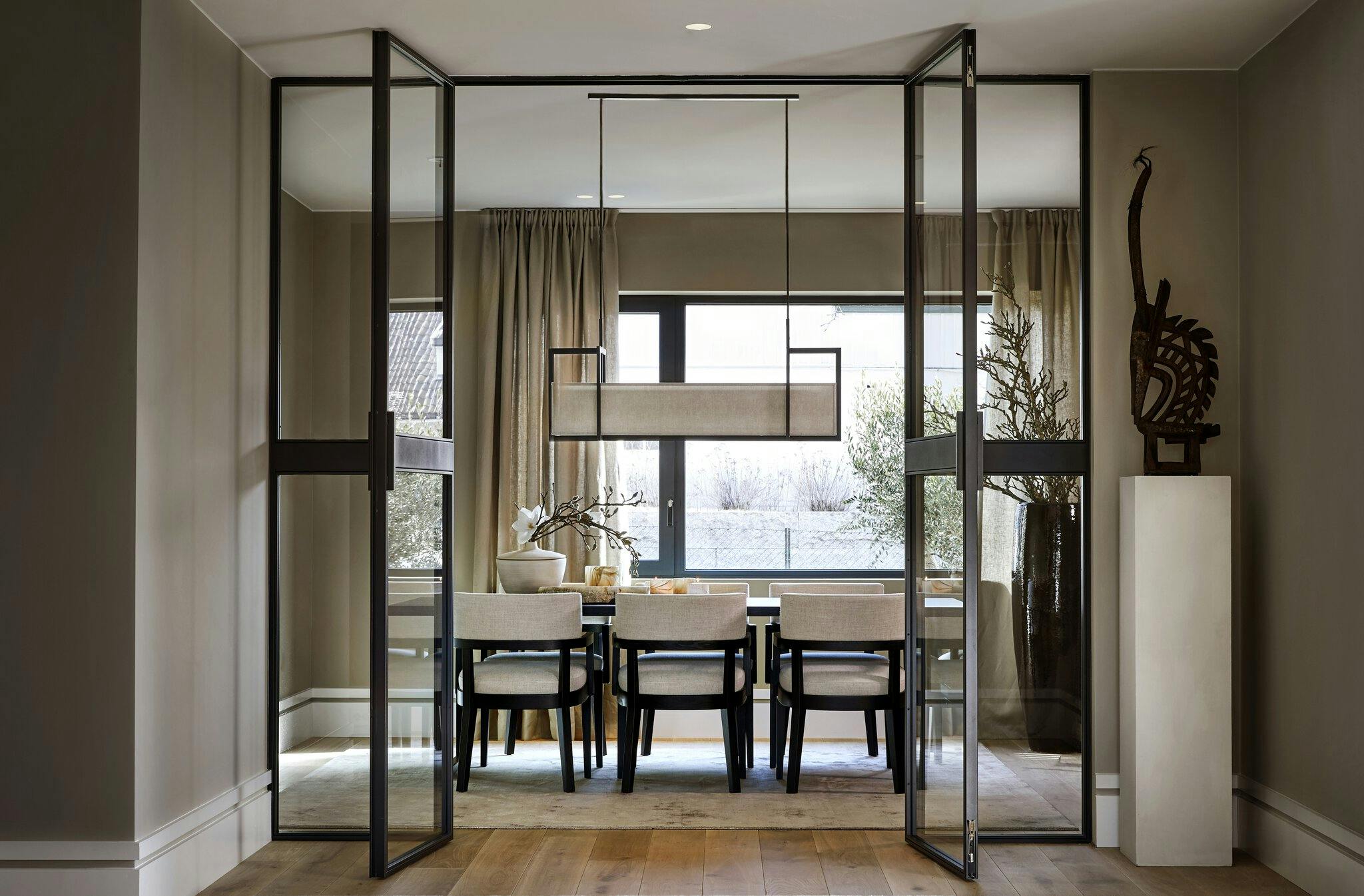
“A pendant light above a seating or dining area can create a clearer zone and ‘bring the furniture together’.”
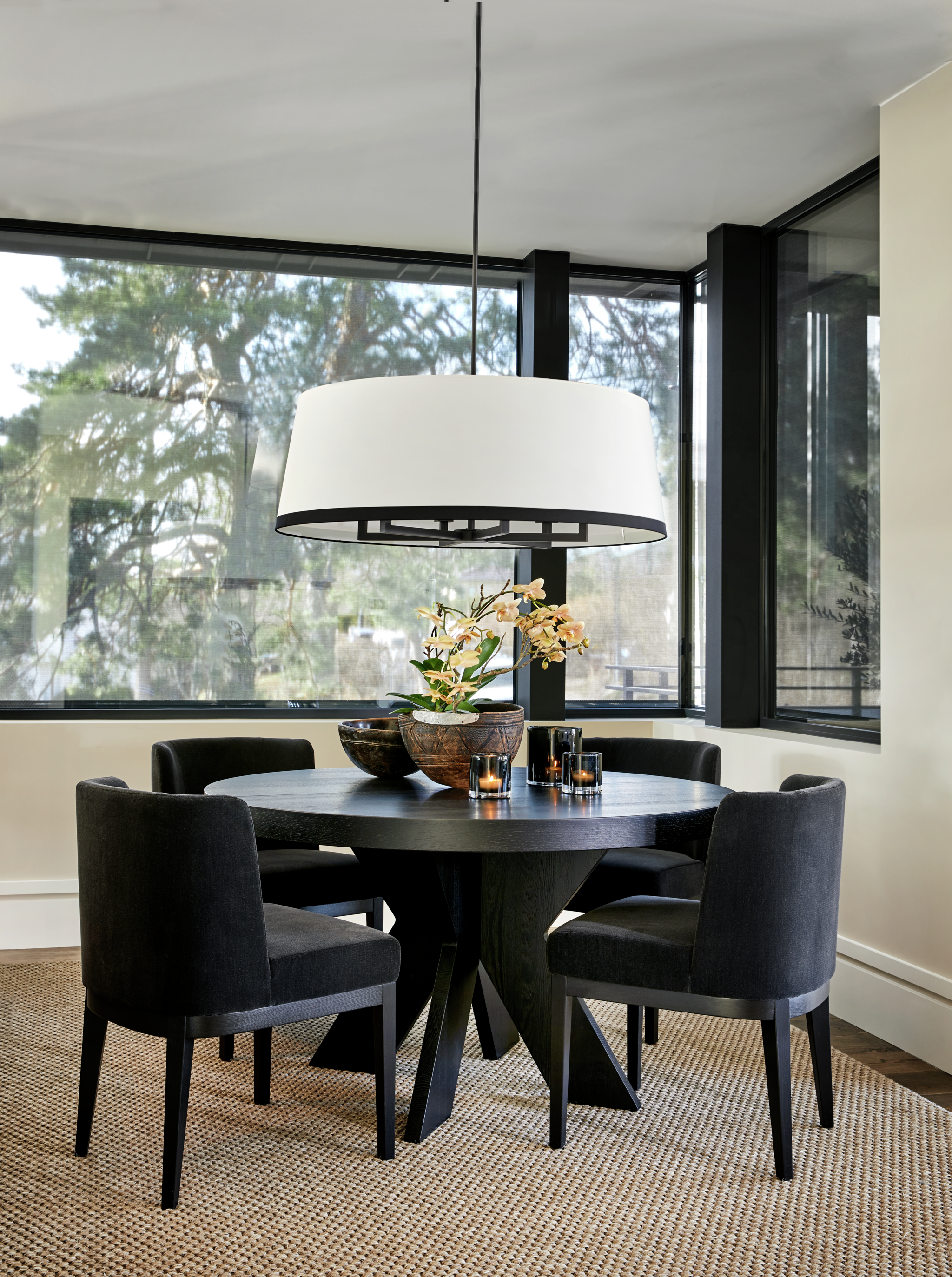
Contrasts
To build volume and depth in a room, you also need contrasts. With deliberate interventions, Linda believes that striking contrasts can be created in any room.
“Contrast means you have light in some places and the absence of light in others. In practice, this means that you don’t need to have the same amount of light everywhere if you’re looking for a good sense of space. Too much bright light tends to make rooms flat and cold, and a harsh light produces shadows with hard, defined edges. A soft light produces shadows with softer transitions between light and shade”, she says.
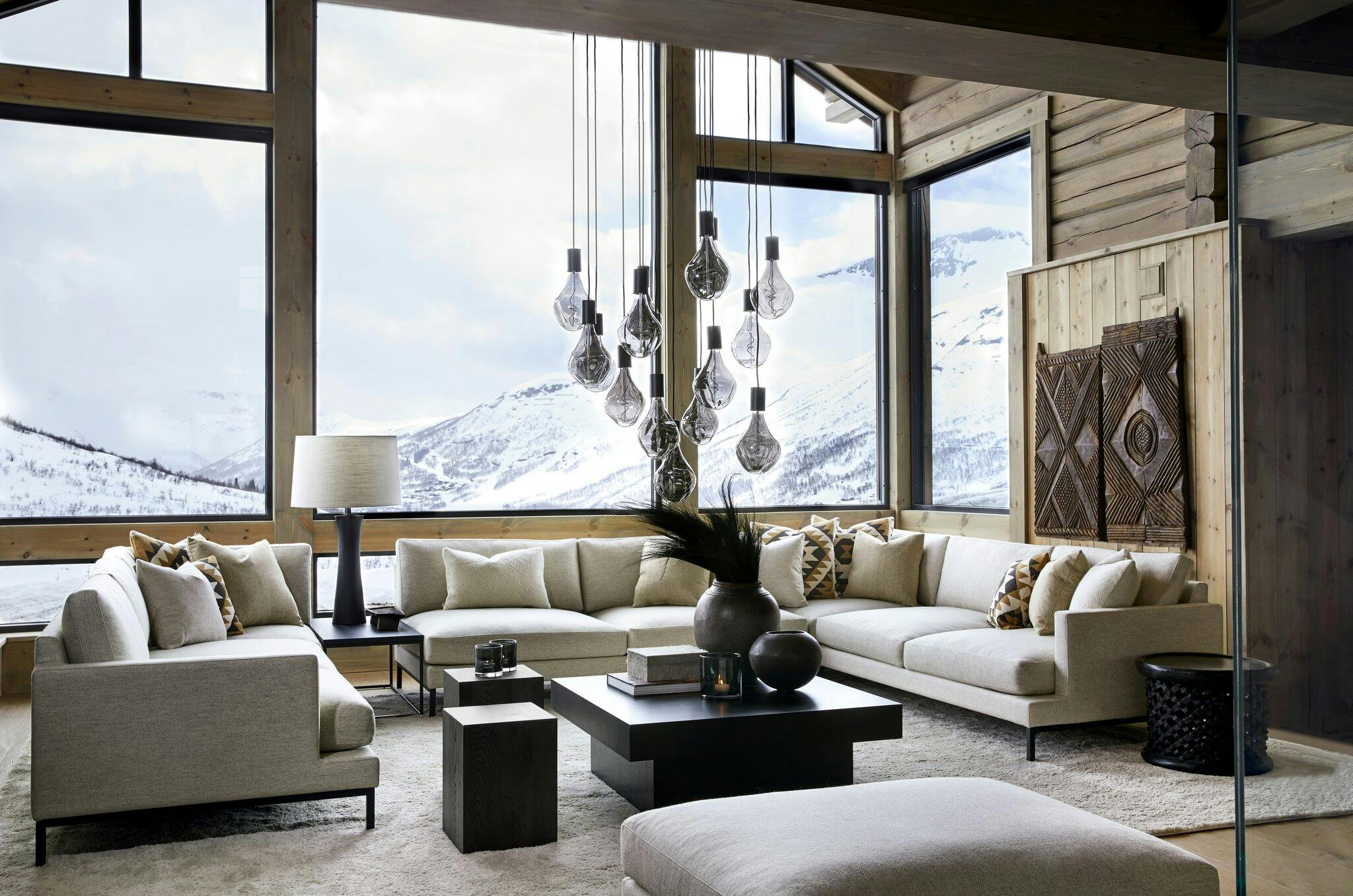
When it comes to lighting the home, there can be a lot to think about and many factors to consider. Linda believes that one tip can be particularly helpful: seek professional advice.
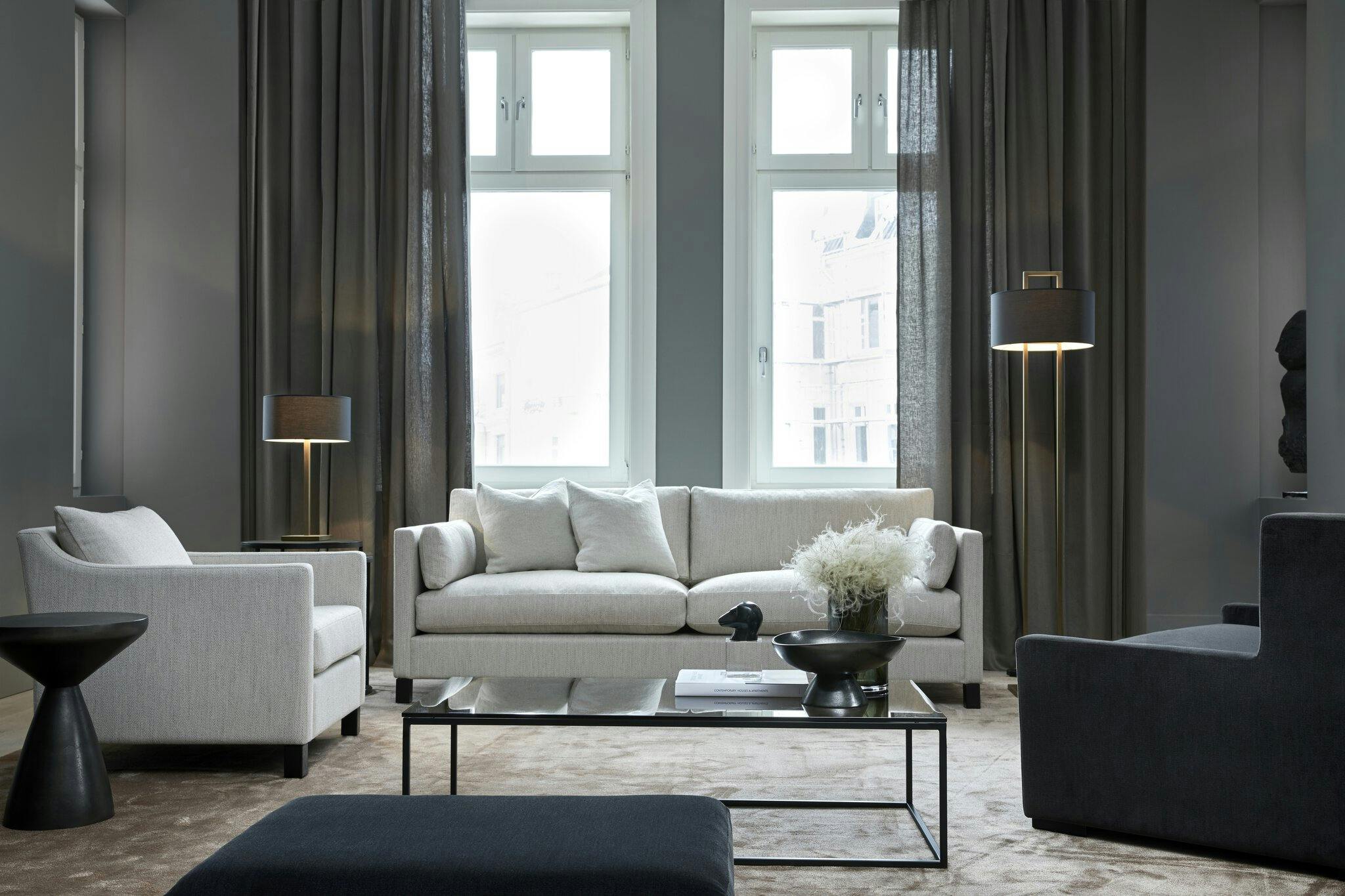
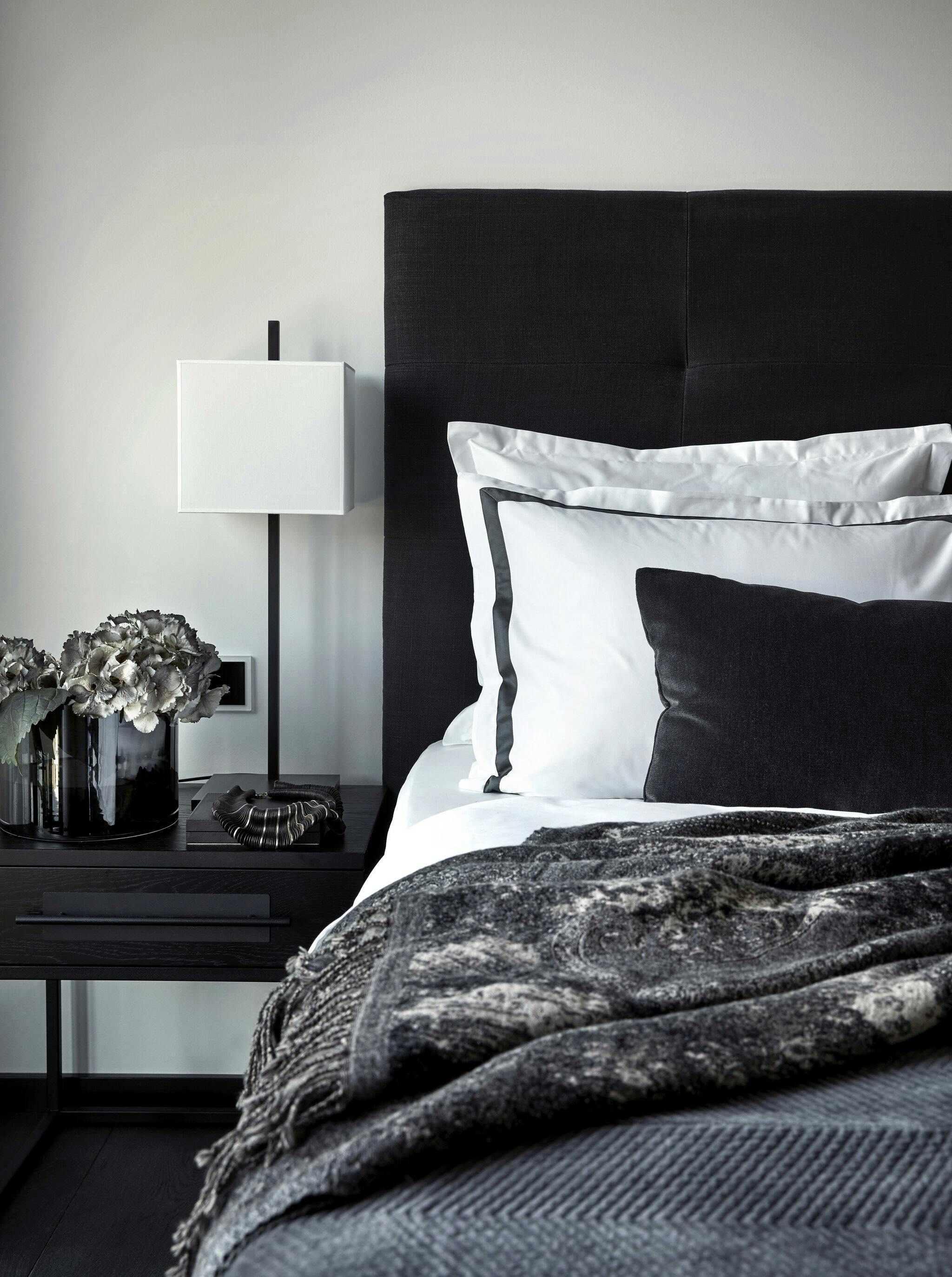
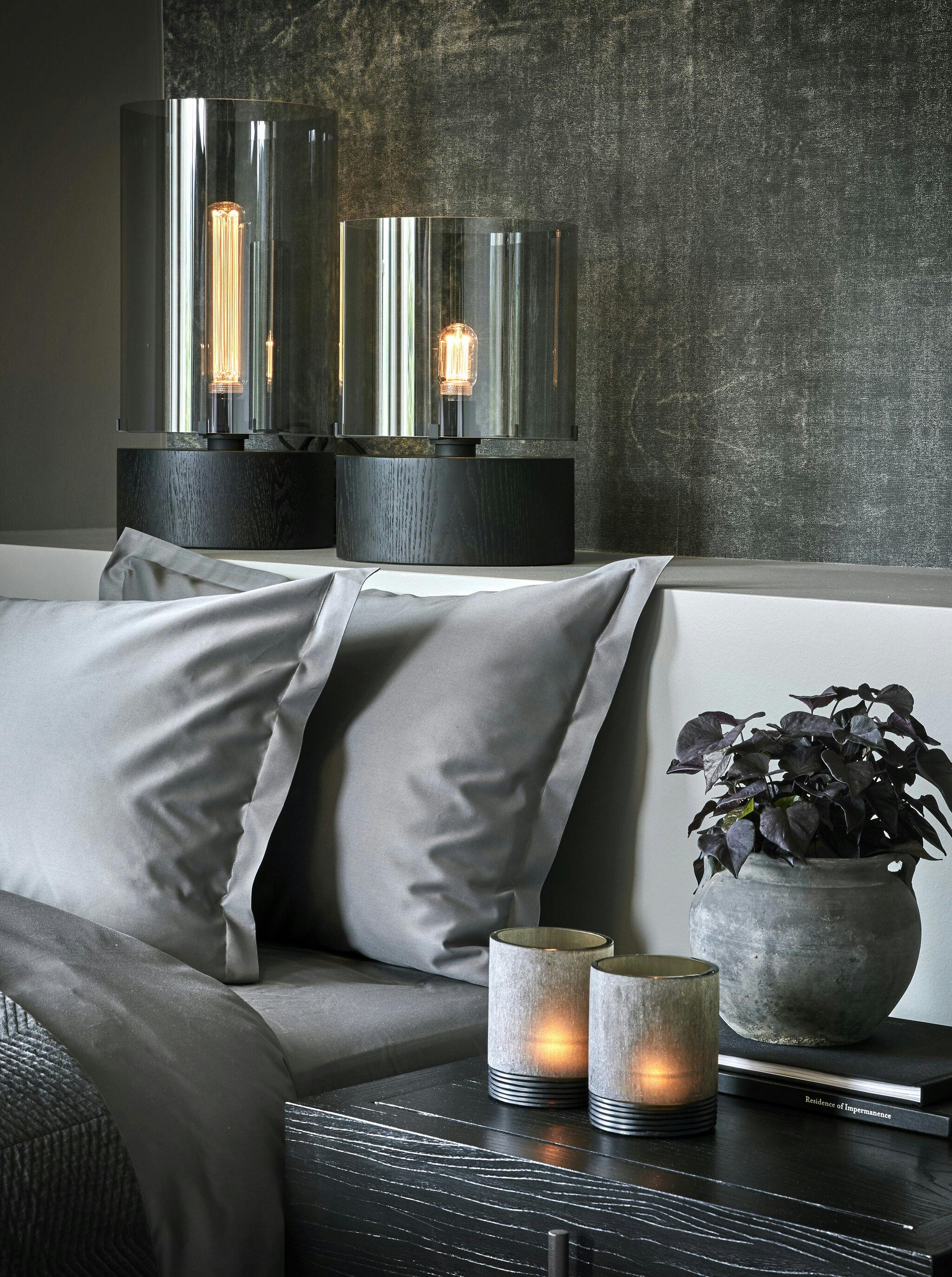
Professional guidance
At Slettvoll you can get expert help from experienced interior designers to find the lighting that suits your needs. Our shops have a large selection of lights from skilled European suppliers – with craftsmen with years of tradition, just like us, where design and materials go hand in hand.
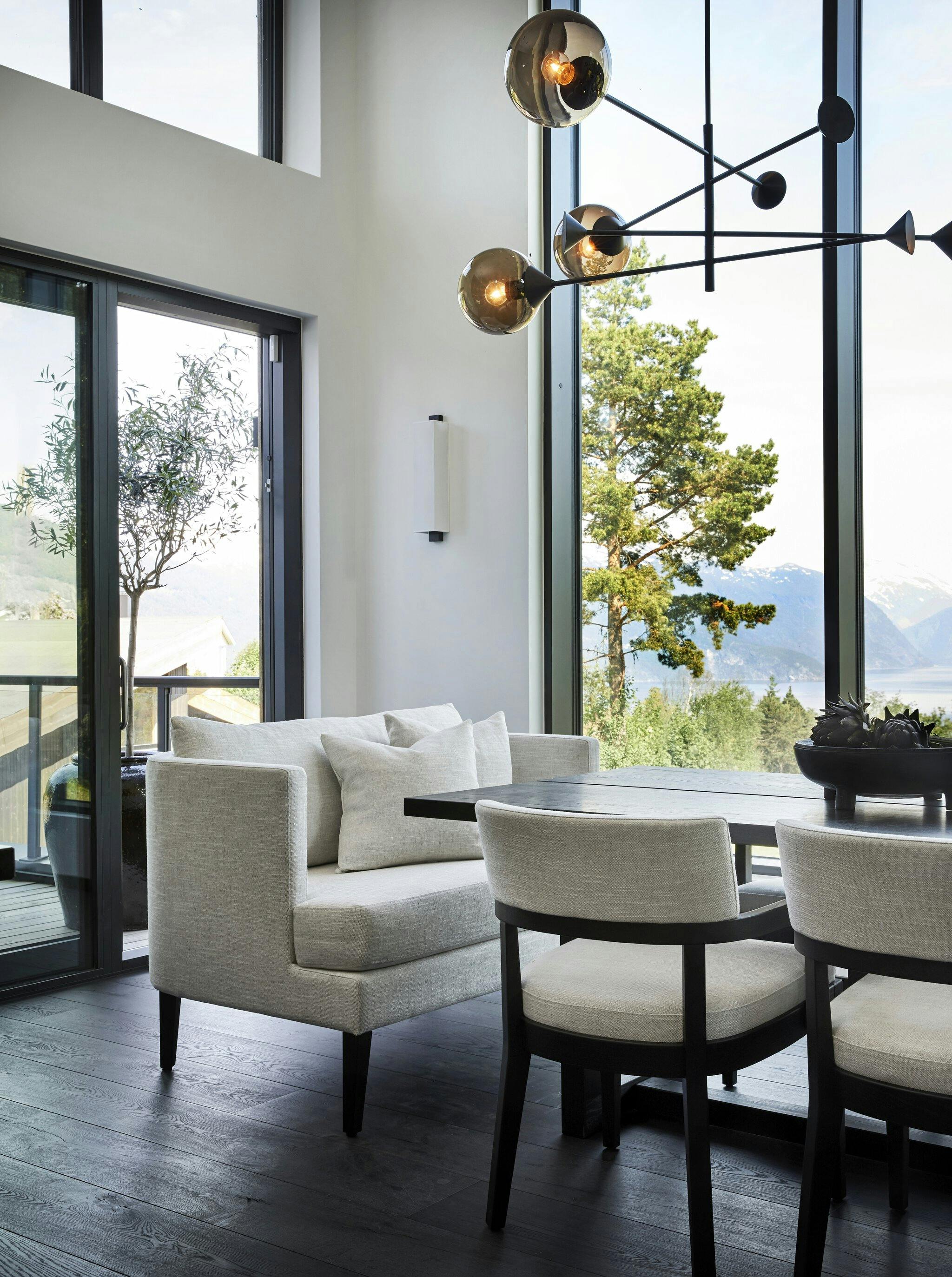
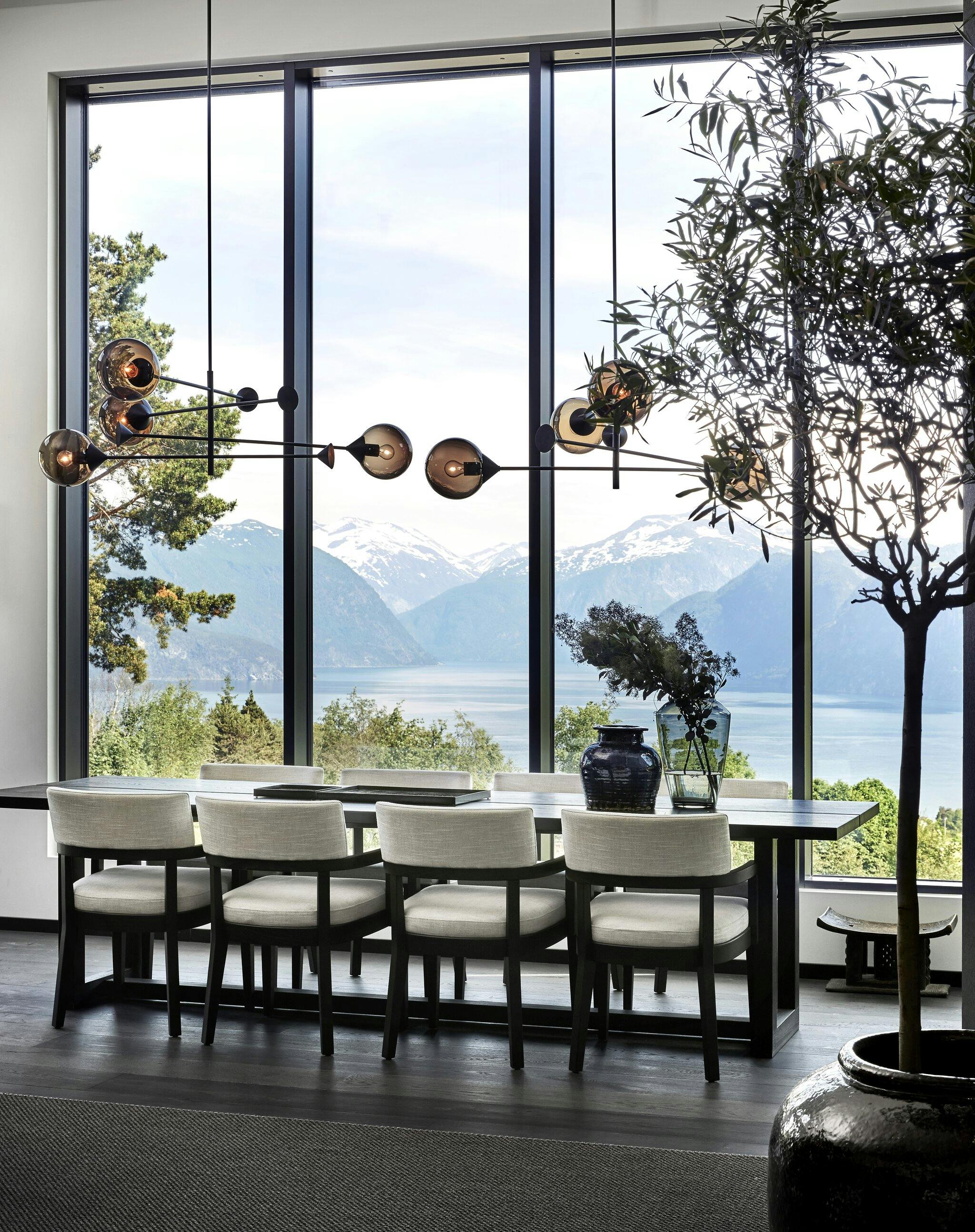
The outdoor area is also part of the home that needs to be considered when planning a holistic interior design. At Slettvoll, you can find handcrafted outdoor lamps that are designed to withstand the harsh Nordic climate.
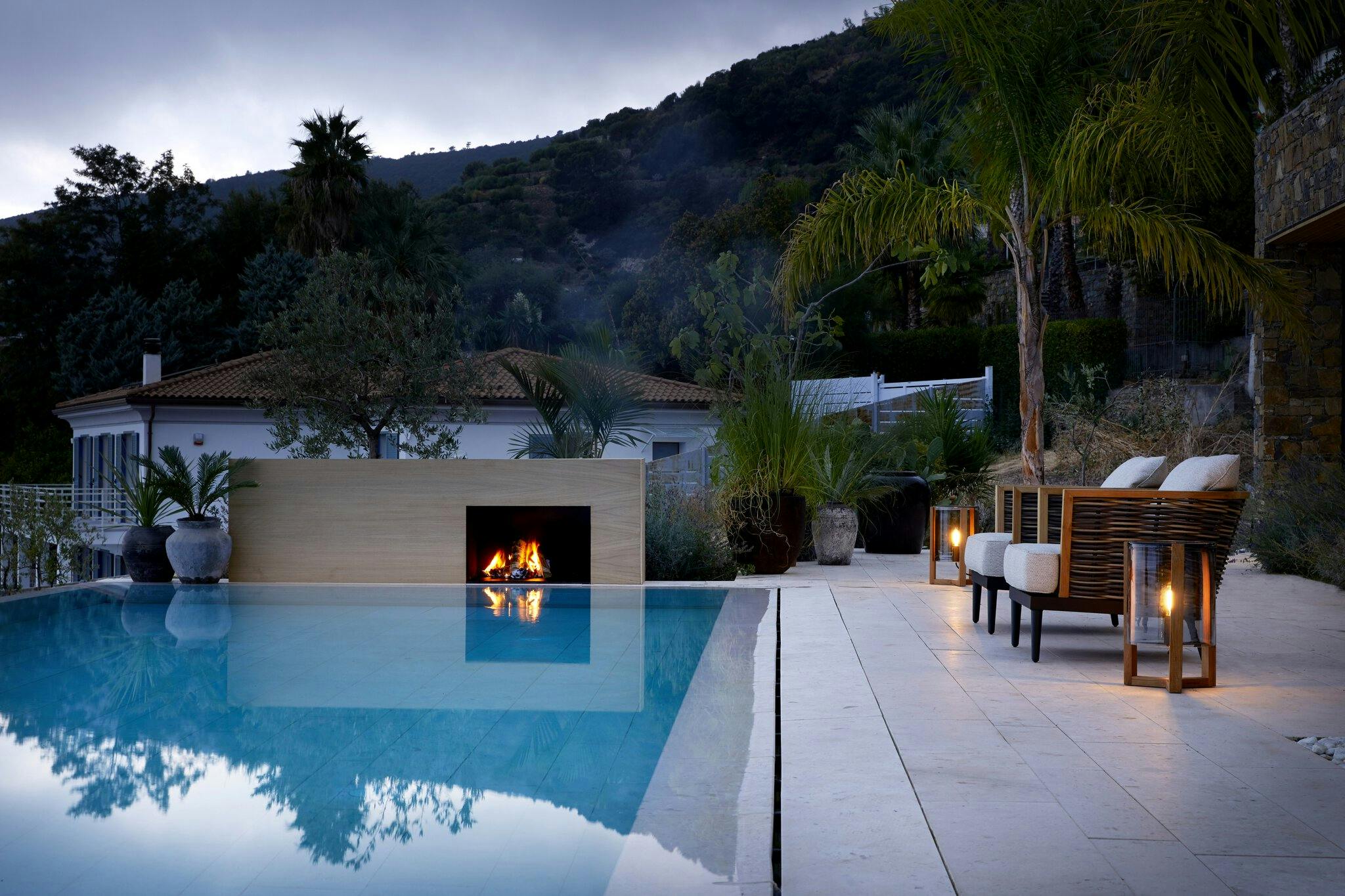
Handmade quality
All of our lights are handcrafted with the utmost precision and quality. Lighting can also be custom-made to fit your specific needs.
See a larger selection of our handmade quality lamps here.
WOULD YOU LIKE SOME ADVICE ON HOW TO LIGHT YOUR HOME?
